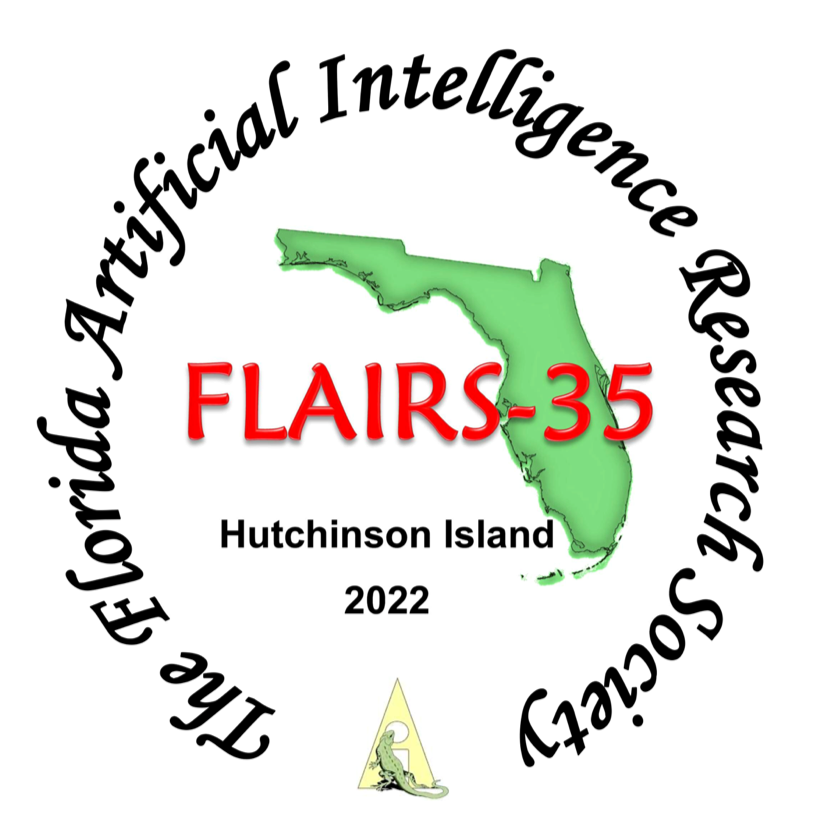Unsupervised Detection of Misinformation in Financial Statements
DOI:
https://doi.org/10.32473/flairs.v35i.130644Keywords:
Misinformation, Financial statements, Anomaly detection, Regression, DEA, KDEAbstract
Companies have incentives to hide, omit, or falsify the information reported in financial statements (FS) (e.g., Balance Sheet, Income Statement, Cash Flow Statement) to give a false impression of the company's financial health, assure investors or evade taxes. Typically, misinformation is introduced by changing FS elements e.g overstating the assets/profits or understating the liabilities/losses. Once detected, misinformation can have disastrous consequences for employees, investors, banks and government. It is important to identify such companies and the nature and extent of misinformation in their FS. Auditors or forensic accountants use complex investigative methods to detect instances of misinformation in FS. The effort intensive and subjective nature of these methods limits their capacity to effectively identify misinformation. We propose two novel unsupervised model-based anomaly detection (AD) techniques based on regression and kernel density estimates. We show they perform better than 15 standard AD techniques and data envelopment analysis for detection of suspicious FS on a real-world dataset of 4100 listed companies. Our approach provides specific suggestions regarding where the misinformation may be present, which helps in increasing the effectiveness of investigations.
Downloads
Published
How to Cite
Issue
Section
License
Copyright (c) 2022 AKSHADA SHINDE

This work is licensed under a Creative Commons Attribution-NonCommercial 4.0 International License.


